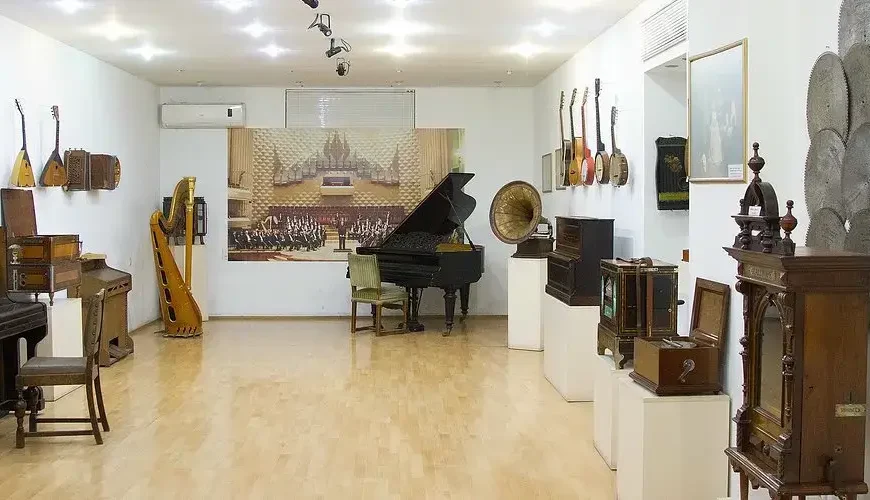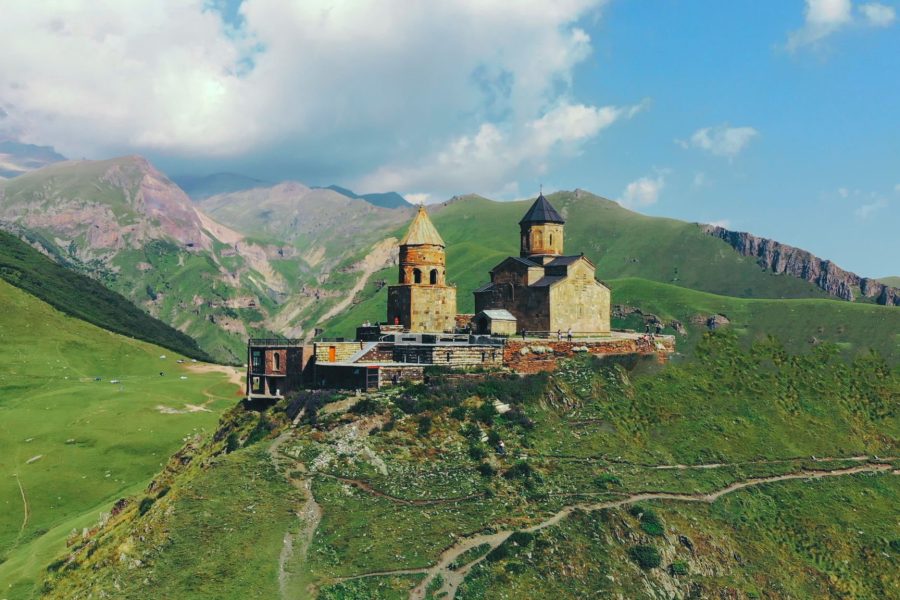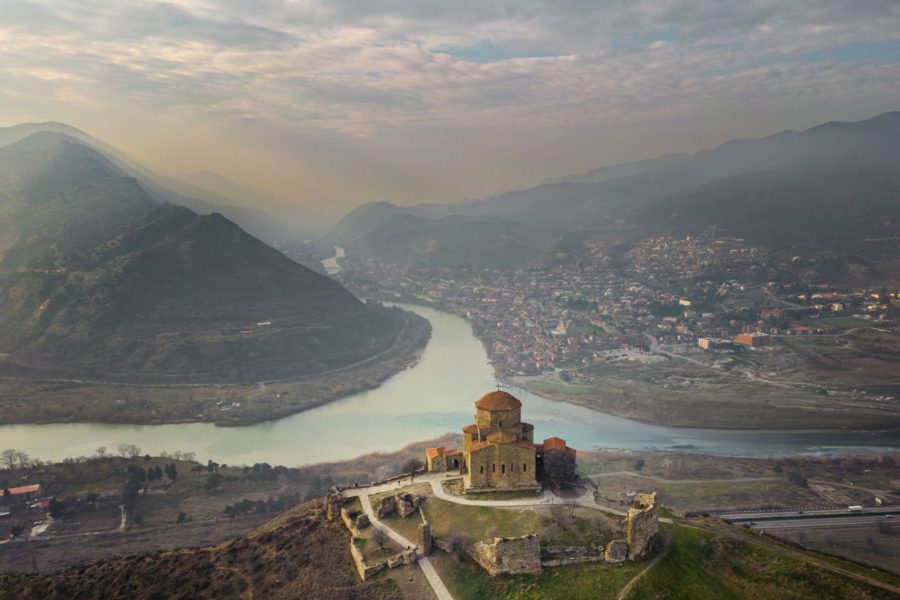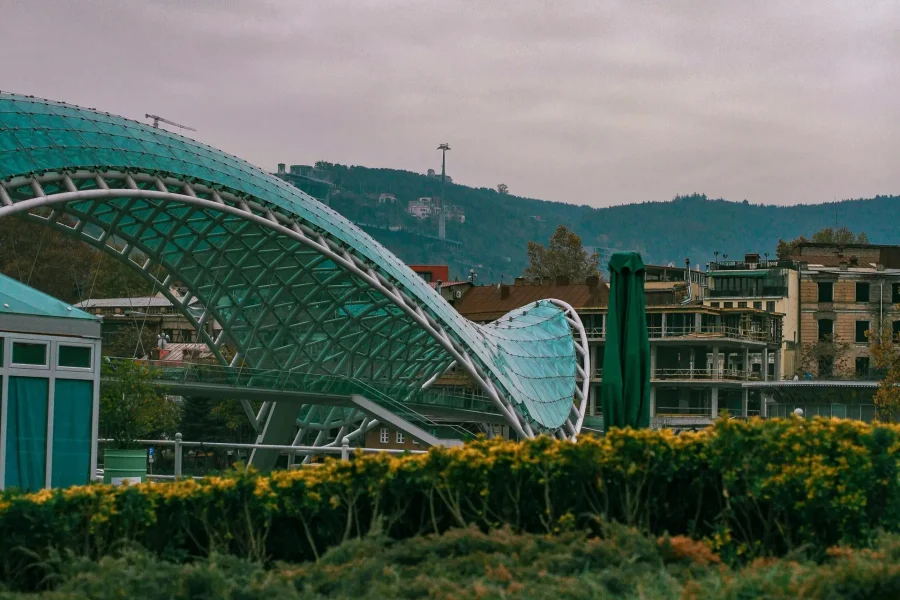The State Museum of Georgian Folk Songs and Musical Instruments (Georgian: საქართველოს ხალხური სიმღერისა და მუსიკალური საკრავების სახელმწიფო მუზეუმი, Sakartvelos Khalkhuri Simgherisa da Musikaluri Sakravebis Sakhelmtsipo Muzeumi) in Tbilisi, Georgia, is a unique and captivating institution dedicated to preserving and showcasing Georgia’s incredibly rich and ancient musical heritage. Established in 1984, the museum, located in the historic Old Tbilisi district, offers a melodious journey through the evolution of Georgian music, from its ancient roots to its vibrant contemporary forms.
Vast Collections and Musical Journey:
Ancient Roots: The museum highlights the profound depth of Georgian musical history, with the oldest known Georgian musical instrument—a flute discovered in Mtskheta in 1930 and dating back 3500 years—being represented by replicas (the original is in the Simon Janashia National Museum). This underscores Georgia’s status as a nation with deeply ingrained musical traditions, with folk songs originating as early as the 8th century BC.
Georgian Folk Instruments: The core of the museum’s collection features a comprehensive array of authentic Georgian folk musical instruments from various regions of the country. Visitors can explore:
String Instruments: Such as the panduri (a three-stringed lute), chonguri (a four-stringed lute), chianuri (a bowed string instrument, often from mountainous regions), and changi (a traditional angular harp from Svaneti).
Wind Instruments: Including various types of salamuri (flutes), pilili, gudastviri (a type of bagpipe with regional variations like chiboni and tulumi), and the larchemi-soinari (Georgian panpipes).
Percussion Instruments: Such as the doli (a double-headed drum) and daira (a frame drum).
Many instruments are decorated with intricate details, gold, colored glass, and chains, showcasing the artistry involved in their creation.
Beyond Georgian Instruments: The museum also features collections of:
South Caucasian Instruments: Authentic musical instruments from other peoples of the South Caucasus.
Oriental Musical Instruments: A section dedicated to instruments from the Middle East that were prevalent in multicultural Tbilisi during the 17th and 18th centuries, such as the kamancha, duduk, doli, tar, and saz.
European Mechanical and Classical Instruments: Including an 18th-century English piano, a pump organ, a 200-year-old grand piano, a calliope, and a 17th-century French music box, highlighting broader musical influences.
Audio-Visual Archives: The museum holds invaluable manuscript notes of Georgian folk music, audio-video records, and a significant collection of gramophone records from the early 20th century, including traditional Georgian polyphonic singing (some dating back to 1901). You might even hear the famous “Tsintskaro” folk song played on an old gramophone, a melody recognized from Werner Herzog’s Nosferatu the Vampyre and Kate Bush’s “Hello Earth.”
Fine and Applied Art: The museum also preserves samples of fine and applied art related to music.
Total Collection: The museum boasts over 4,100 items, showcasing a rich tapestry of musical history.
Visitor Experience and Engagement:
Interactive Tours: Visitors often praise the knowledgeable guides who provide thorough explanations about the instruments’ history and cultural context. Guided tours may include video presentations and, most notably, live demonstrations of some instruments, allowing visitors to hear their unique sounds.
Educational Programs and Exhibitions: The museum actively organizes temporary exhibitions (e.g., “Old performers of Georgian Folk songs,” “Old Audio and Video records”) and educational programs, fostering a deeper understanding and appreciation of Georgia’s musical heritage.
Location and Practical Information:
Address: 6, Samgebro Street, Old Tbilisi, (Narikala fortress road) Tbilisi, Georgia. Its location right below the Narikala Fortress makes it easily accessible as part of an Old Town exploration, a short walk from Meidani Square and the Sulfur Baths.
Building Status: The museum building itself is designated as an Immovable Monument of Cultural Heritage.
Opening Hours: The museum is typically open Tuesday to Sunday, from 11:00 AM to 6:00 PM. It is closed on Mondays. (Always advisable to verify current hours on the GeorgianMuseums.ge website or other official sources).
Ticket Price:
Adults: 3 GEL
Students: 1 GEL
Schoolchildren: 0.50 GEL
Free admission: Children up to 6 years of age; Georgian and foreign museum staff; ICOM members (with ID); people with disabilities (with valid ID); refugees.
Guided Tour Fee: Additional 5 GEL (may vary based on group size).
Recommended Visit Time: Allow 1 to 1.5 hours to fully explore the museum.
The State Museum of Georgian Folk Songs and Musical Instruments offers a profound and melodious insight into Georgia’s soul, making it an essential visit for music lovers, cultural enthusiasts, and anyone curious about the unique sounds of the Caucasus.








0 Comment